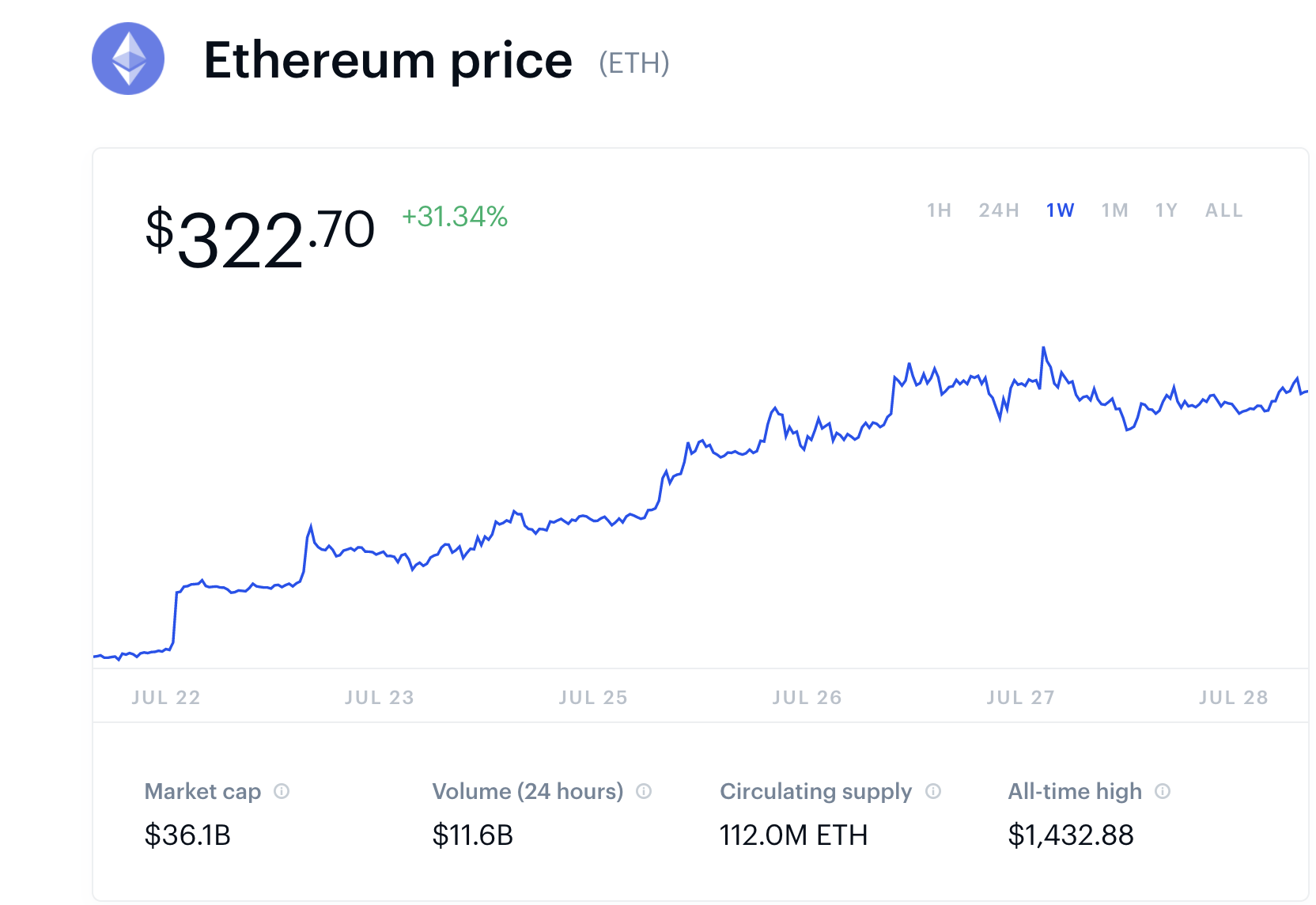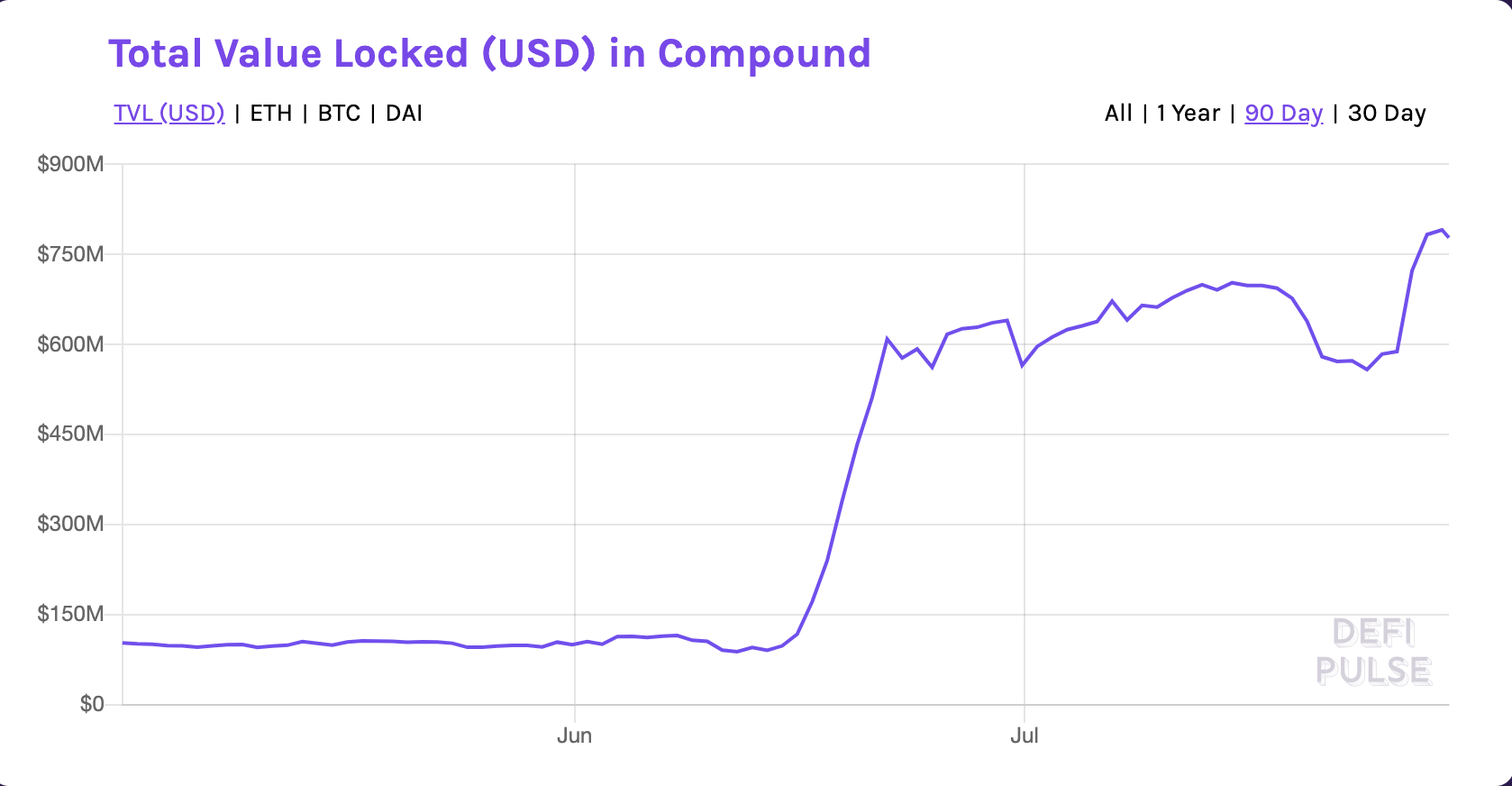I was in a board meeting for most of yesterday so I did not watch the theatrics on Capitol Hill. William told me that there were many calls for breaking up the big tech companies. So I thought I would repost this which I wrote about a year ago.
There have been many calls to break up the large Internet monopolies; Amazon, Google, Facebook, Apple, etc.
Breaking up a large monopoly feels like a very 19th/20th century move to me.
I would prefer that politicians and policy makers think about opening up as the better intervention.
A good way to explain this is to go back to the architecture that Twitter used in its early days when there were many third-party Twitter clients. Imagine if Facebook, Instagram, Twitter, LinkedIn, etc were protocols, not applications, and there were many high-quality clients to participate in these networks.
Then the clients could innovate on things like content filtering, promotion of high quality content, business model, etc
If we are going to “break up” these large social media platforms, I would urge elected officials and regulators to think about pushing them to move from platforms to protocols instead of just ripping them apart.
We could do the same thing with search. Our portfolio company DuckDuckGo has built a nice search business by building a different user interface on top of one of the two leading search indexes. If we made it easier and reliable for others to innovate on top of the core search engine, then there might be many more options in search.
In mobile, a good first step is to open up the app stores and allow the browsers to have the same access to the operating system as native mobile apps.
In commerce, if I could checkout as easily everywhere as easily as I can on Amazon, there would be more competition for my shopping dollars.
I think you get the idea. It is very true that the big Internet services have built centralized monopolies and have consolidated their market positions. We do need more competition in these core services. And the best way to do that is to force them to open up their services, not break them up.



